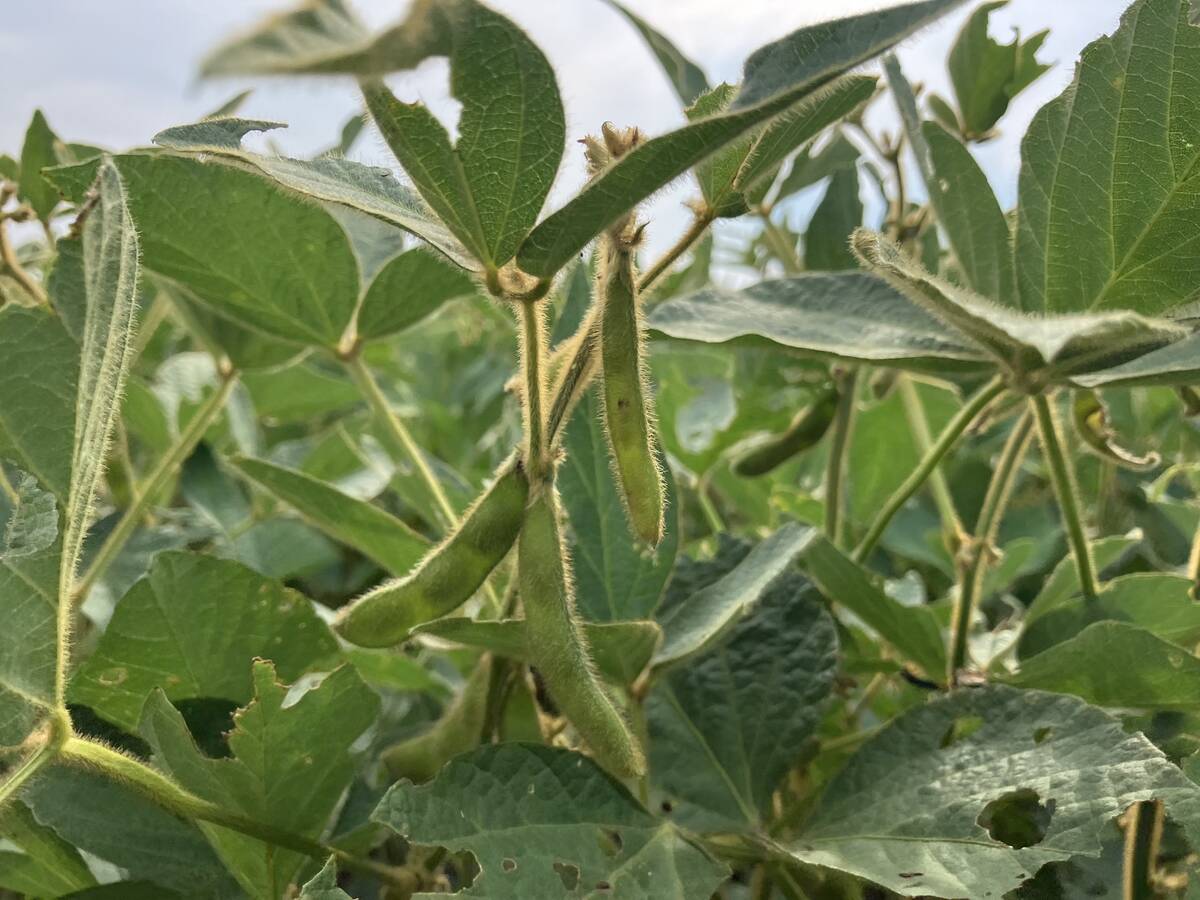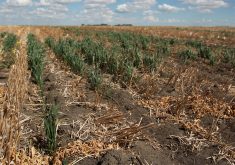LLOYDMINSTER – A group of cattle organizations wants the government to back a producer-owned packing plant as a way to salvage the industry.
Backing a producer-owned plant that could chase high-value beef markets and boost cattle prices would save governments money over time because the industry would be in better shape, they contend.
“It takes money to make a plant fly and producers are pretty strapped,” said Doug Price with the Alberta Cattle Feeders Association. He was also an owner in the failed Rancher’s Beef packing plant in Balzac, Alta.
Read Also

U.S. loses out on sales of soybean to China
U.S. soybean exporters risk missing out on billions of dollars worth of sales to China this year as trade talks drag on and buyers in the top oilseed importer lock in cargoes from Brazil.
“The only way to see it happen is if it’s backed by provincial government dollars,” said Price during a cattle producers’ meeting held here July 23.
“At the end of the day it comes down to producers selling meat and not live cattle. Producers have to be involved in a packing plant.”
About 50 people from government and 13 producer groups from Manitoba, Saskatchewan and Alberta came to the border city to try and solve the long-standing problem of poor cattle prices.
Price said when Rancher’s Beef was operating, it found high-value markets that a small, producer-owned facility could sell to and help boost producer profits.
The lack of markets did not kill the plant, but an unwilling banker and investors without enough money to keep the business afloat did. If government and industry are to provide money, producers also must support the plant, he said.
“If we want to have an outsider in the business, we have to have some skin in the pie.”
Russ Picket, acting chair of the Beef Industry Alliance, said producers at the meeting thought that they must find a packing plant to slaughter cattle at a reasonable price or they must have a producer-owned packing plant that can fill niche markets.
Their organization hired Edmonton consultant Jerry Bouma to develop a business strategy to find ways to create high-value products.
Bouma said another packer with branded products wouldn’t just dilute the beef pie, but entice more consumers back to eating beef.
“I believe there are specific customer groups not buying because they’re not getting what they’re looking for,” said Bouma.
Bill Hanson of the Western Stock Growers Association said the main issue facing cattle producers is finding an alternative packing plant willing to develop and market high quality branded beef.
“There is a lack of a willing processor and these value chains can’t go ahead,” said Hanson of Valleyview, Alta.
“I’m not saying the government should own it, but they need to provide the environment for it to succeed and go ahead.”
Daryl Charlton with Border Beef, a group that invested money in the failed Rancher’s Meat plant in Stony Plain, Alta., said Cargill wasn’t interested in slaughtering cattle for groups that wanted to develop a branded product. When they approached XL Beef, the slaughter price made the branded beef products uneconomical.
“You’re at their mercy. They have total control,” said Charlton.
He described the meeting as “one last gasp” to salvage the industry still reeling from the effects of BSE. Unlike in 2003, when BSE was discovered in Canada, few producers are now willing to invest money in producer-owned packing plants because none of the attempts then was successful.
“Everybody has lost confidence,” he said
Iain Aitken of Rimbey, Alta., said instead of starting a new packing plant, governments should bring in legislation to limit packer ownership of cattle until 10 days before entering the plant.
Aitken asked why nobody is talking about the real issue of having only two large packing plants in Western Canada that control more than 80 percent of the cattle slaughter: Cargill in High River, Alta., and XL Beef in Calgary and Brooks, Alta.
Darrin Qualman, with the National Farmers Union, said during the 1970s there were 21 packing plants in Alberta and Saskatchewan. Now there are only a handful of provincial plants and the two large plants killing most of the cattle.
It will be difficult for farmers to gain back control.
“We need to deal with the growing power of Cargill and XL. As they get more powerful ,it gets harder and harder to start these packer initiatives.”
Price believes a producer-owned packing plant would succeed if it had the backing of the government.
“If you look at every one that failed, it wasn’t because of sales. At the end of the day it was about money. If we had money to weather the start-up costs, we probably would have survived and the government wouldn’t have needed to put as much money in to save the industry.”
“The amount of money the federal and provincial governments have put in to prop up producers would have been better spent helping to build one of the plants,” he said.
Bruce Holmquist of the newly formed Saskatchewan Cattlemen’s Association said his organization is interested in getting their organization operating, not raising money for a packing plant.
“The SCA has no official stand on packing plants. If producers want to pursue that that’s up to them,” said Holmquist, who found it surprising producers still believe a producer packing plant can succeed despite previous failures.”
Gary Etherington of Border Beef said he didn’t think they would find a solution to the cattle producers’ problems, but it’s pretty impressive that 13 different groups came to give their opinions.
















